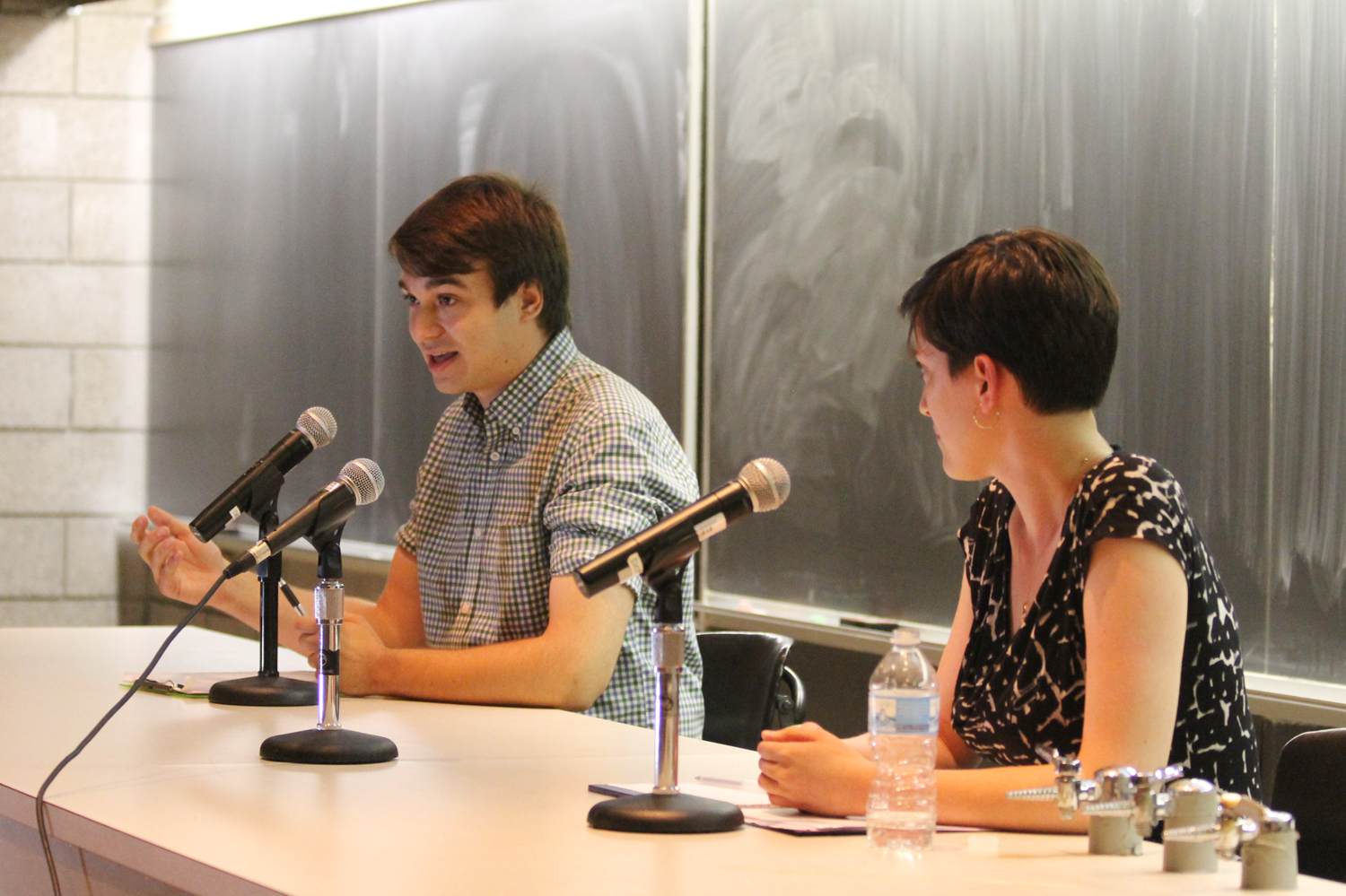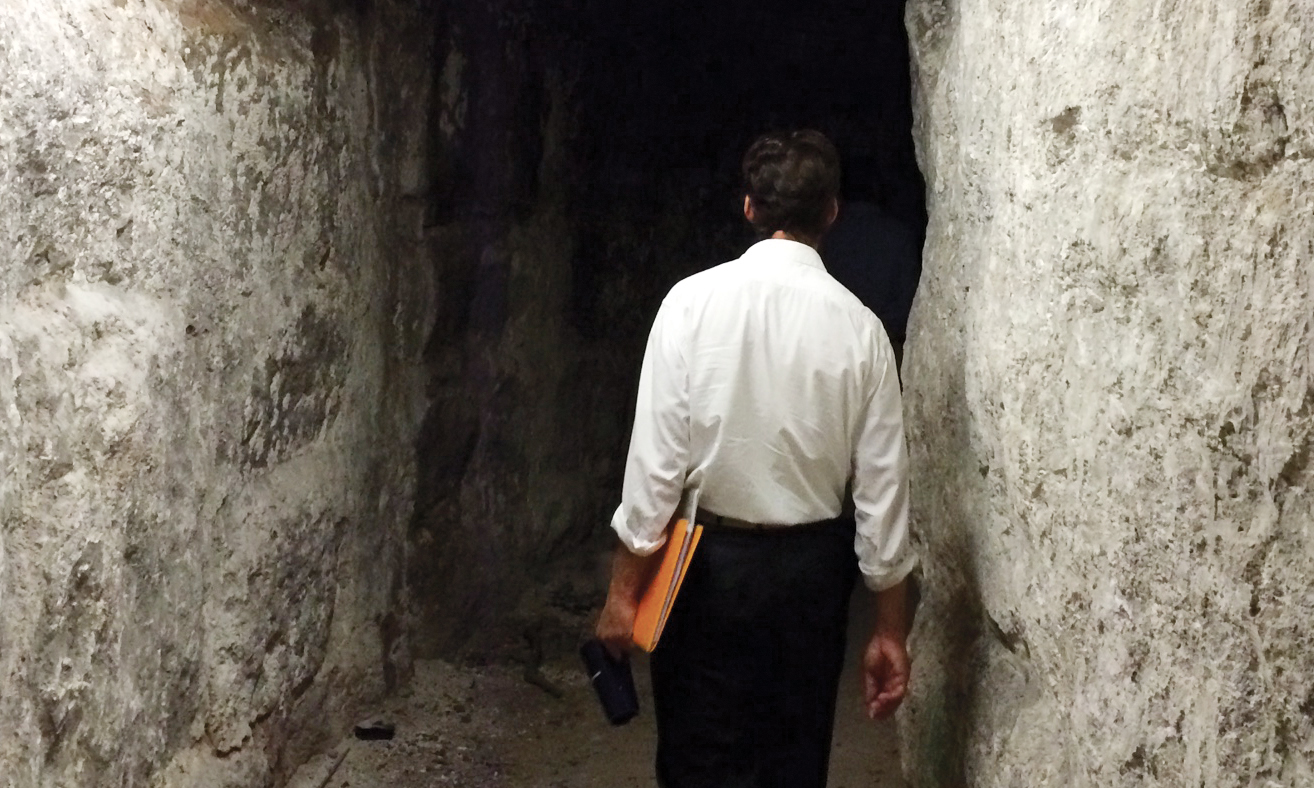Photos by Jacob Stern
WASHINGTON, D.C. — In one of the largest marches in American history, hundreds of thousands of people flooded the streets here on Saturday to protest President Donald Trump’s inauguration.
“If we — the millions of Americans who believe in common decency, in the greater good, in justice for all — if we fall into the trap by separating ourselves by our causes and our labels, then we will weaken our fight and we will lose,” actress America Ferrera said at the event. “But if we commit to what aligns us, if we stand together steadfast and determined, then we stand a chance of saving the soul of our country.”
The demonstration kicked off at 10 a.m. with a rally featuring a star-studded lineup of speakers and performers. In addition to Ferrera’s address, the audience was treated to speeches by Gloria Steinem, Ashley Judd, Michael Moore and Scarlett Johansson, as well as performances by Alicia Keys and Janelle Monáe.
Although the march was slated to start at 1:15 p.m., the speeches and performances ran well over an hour longer than scheduled. As the rally entered its fourth hour, audience members began to grow restless, chanting “march” after each speaker, and even groaning sometimes when another took the podium. Still, some audience members appreciated the extended program.
“I thought there were a lot of really great speeches,” said Joe Watts, who traveled from Louisville, Kentucky to attend the demonstration. “I enjoyed a lot of it. Obviously, there were a lot of them, but that’s OK. I mean, they all had something to say, and I think it was great.”
is to show that we are going to fight for everything that Trump and the Republican Senate and Congress want to take away from us,” Louve said. “We are going to fight them every step of the way and this is just the beginning of energizing our fight.”Others had more personal motivations for attending. Both Melissa Somerville, a public school teacher in Washington, D.C., and Annapolis resident James Battle said they were marching for their daughters.
Louve said she was surprised by the diversity of the crowd that assembled for the march.
“I thought that there would be predominantly middle-aged white women here, and I’m so pleased to be wrong,” she said. “There are lots of men. There are lots of people of many different backgrounds and many different ethnicities and races, and I’m happy to march with all of them.”
Likewise, Shamikah Martinez, who is from Brooklyn, New York, said it heartened her to see a strong contingent of men in attendance.
But Somerville was less impressed by the diversity of the protesters. She applauded the diversity of the speakers and performers, but questioned whether the organizers had done enough to ensure that the faces in the crowd matched the ones on stage.
“I mean, I look around and I see a lot of white faces,” Somerville said. “It was a concern of mine from the beginning … I don’t think that [the march’s organizers] reached out to as many different types of people as they could have publicly.”
Nonetheless, many attendees of all backgrounds said they felt the march had achieved its goal of inclusivity. For Martinez — a woman of color — the demonstration offered a sense of “sisterhood” and “solidarity.”
“It’s always nice to be around people that are believing in the things you’re believing in,” she said. “There was a lot of hugging and crying with strangers today.”









